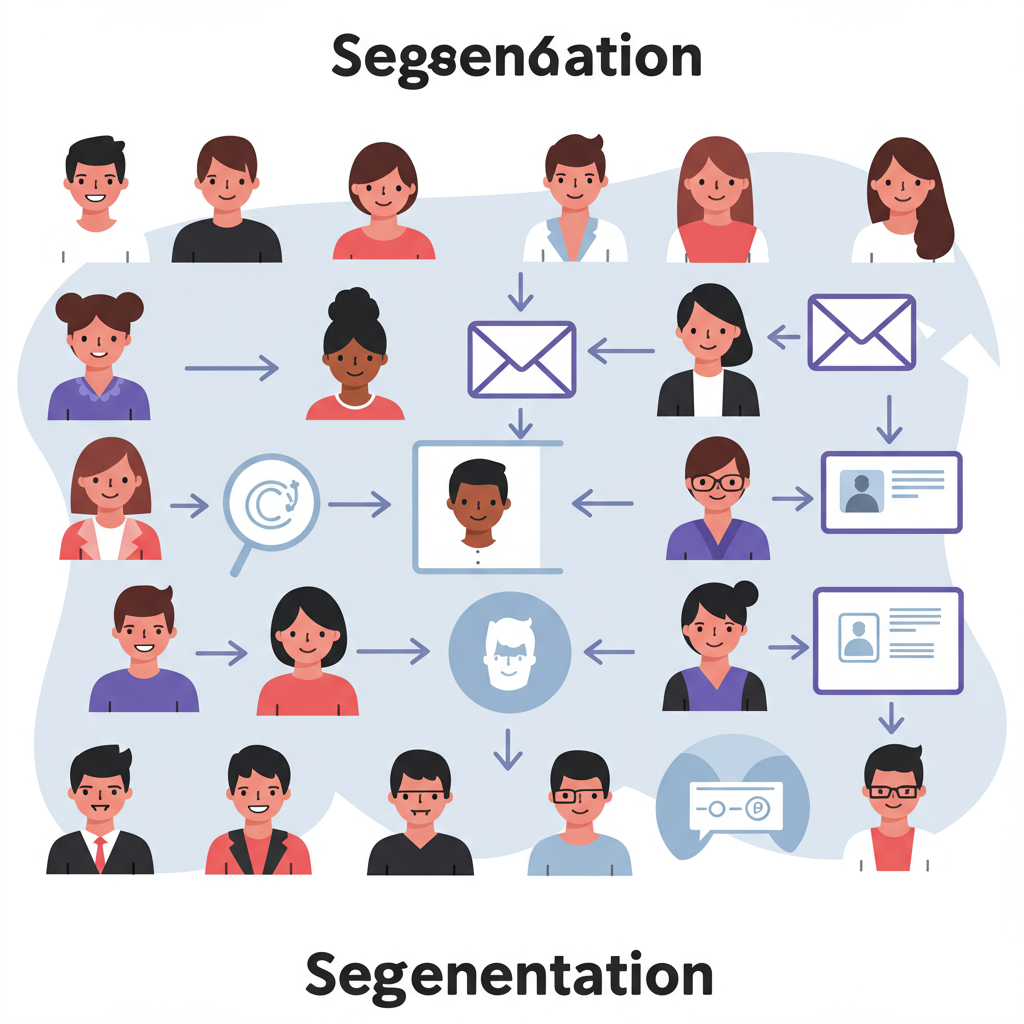Discover how personalizing your email campaigns can transform customer engagement and boost your store’s revenue.
As a Shopify merchant, you’re constantly looking for ways to connect with your customers and drive sales. Email marketing remains one of the most powerful tools in your arsenal.
It’s not just about sending out newsletters; it’s about building relationships and delivering value directly to your audience’s inbox.
However, a common mistake I see many merchants make is sending the same generic email to their entire list. This approach often leads to low engagement and missed opportunities.
That’s where email list segmentation comes into play. It’s a strategy I wholeheartedly recommend for any Shopify store looking to elevate its marketing game.
Segmentation involves dividing your email subscribers into smaller groups based on shared characteristics or behaviors. Think of it as tailoring your message for specific audiences.
Why is this so crucial? Because your customers are not a monolith. They have different interests, purchase histories, and levels of engagement with your brand.
By segmenting your list, you can send highly targeted and relevant emails. This personalization is key to capturing attention in a crowded inbox.
The benefits are significant. I’ve seen merchants achieve higher open rates, increased click-through rates, and ultimately, a boost in conversion rates.
It also helps reduce unsubscribe rates because people are receiving content that genuinely interests them, rather than irrelevant promotions.
So, what kind of data can you use to segment your Shopify audience? Your Shopify store itself is a goldmine of information.
You can segment based on purchase history: customers who bought specific products, first-time buyers, repeat customers, or high-value VIPs.
Behavioral data is incredibly powerful. This includes customers who viewed certain products but didn’t purchase, abandoned cart users, or those who browsed specific collections.
Engagement levels are another vital metric. You can segment based on who frequently opens your emails and clicks your links versus those who are less engaged.
Geographic location can be useful for local promotions or shipping-specific offers. Demographics, if you collect them, can also play a role.
Even simple things like how they signed up – perhaps through a pop-up for a discount, or a blog subscription – can form a segment.
How do you implement this? Shopify’s native capabilities offer some basic customer grouping, but for advanced segmentation, I highly recommend integrating with a dedicated email marketing platform.
Apps like Klaviyo, Mailchimp, and Omnisend integrate seamlessly with Shopify and provide robust segmentation tools. They pull in all your customer data automatically.
Let’s look at some practical examples of segments and how you might use them.
**New Subscribers:** Send a welcome series introducing your brand, bestsellers, and perhaps a first-purchase discount.
**Abandoned Cart Users:** Remind them about items left in their cart, perhaps with a small incentive to complete the purchase.
**Repeat Customers (Product Specific):** If someone bought a coffee maker, send them an email about coffee beans or accessories a few weeks later.
**VIP Customers (High Spenders):** Offer exclusive early access to sales, new product launches, or special discounts as a thank you for their loyalty.
**Inactive Customers:** Try to re-engage them with a “we miss you” campaign, perhaps highlighting new arrivals or a special offer to entice them back.
**Browsers (No Purchase):** If someone viewed several products in a specific category, send them an email showcasing similar items or a collection from that category.
The key is to think about what message would resonate most with each specific group. It’s about being helpful and relevant, not just promotional.
When starting, don’t feel overwhelmed. Begin with a few simple segments that make the most sense for your business. You can always refine and add more over time.
Always test your segmented campaigns. A/B test subject lines, email content, and calls to action to see what performs best for each group.
Measure your success by tracking open rates, click-through rates, conversion rates, and even average order value for your segmented campaigns.
Remember, the goal is to build stronger customer relationships and drive more sales through personalized communication.
What do you think about this article? I’d love to hear your thoughts on how you plan to implement segmentation in your Shopify store.
By investing time in understanding your customer data and applying segmentation, you’re not just sending emails; you’re crafting experiences.
This approach will undoubtedly lead to a more engaged customer base and a healthier bottom line for your Shopify business. Start segmenting today!






